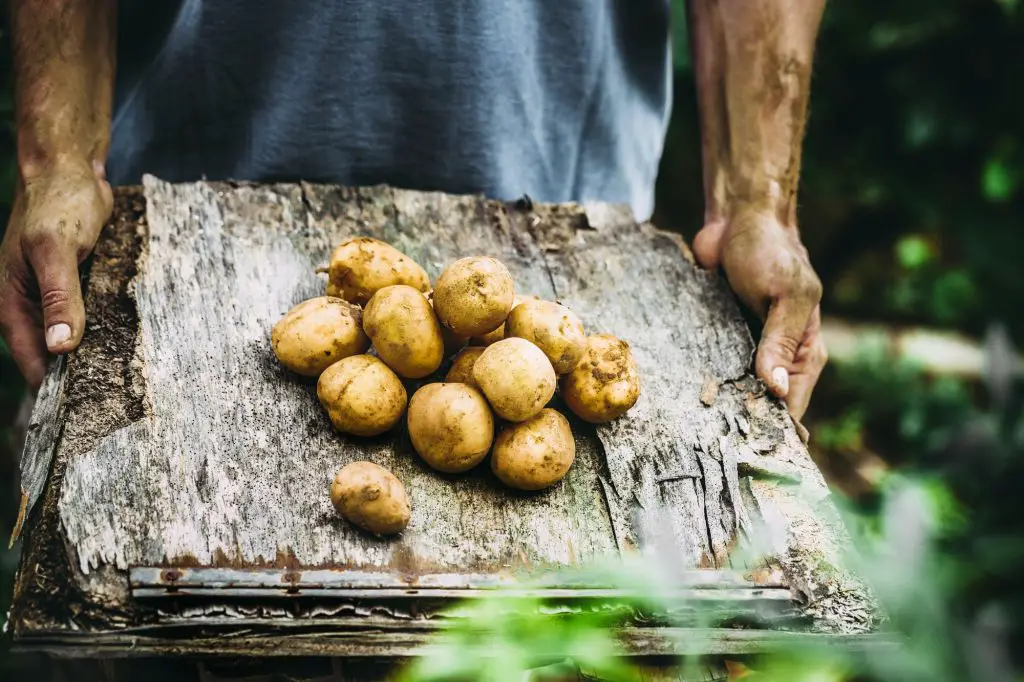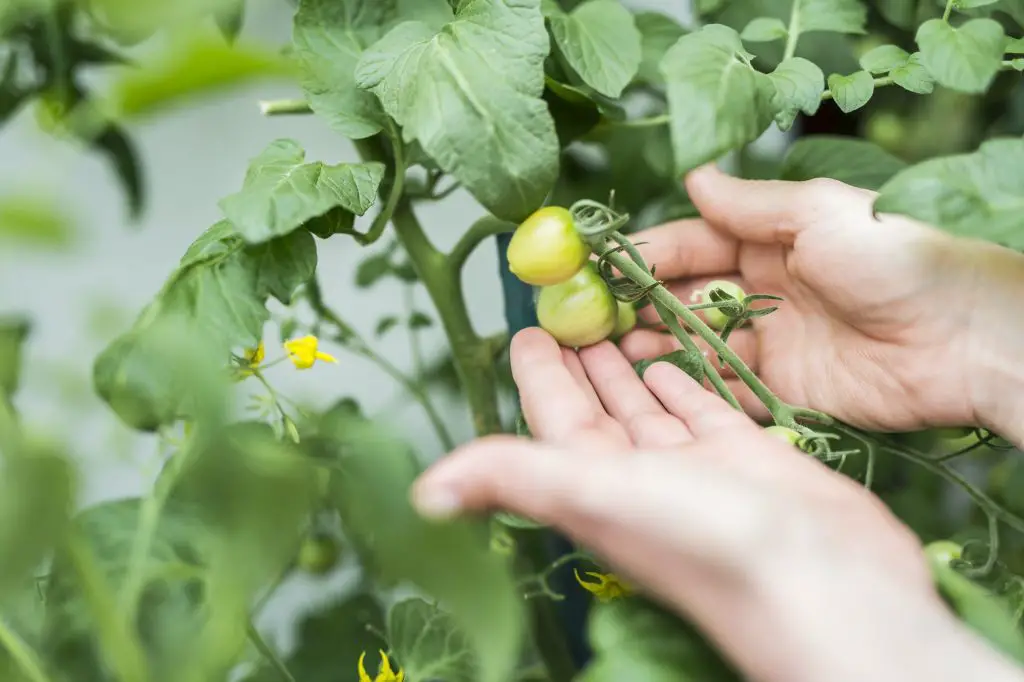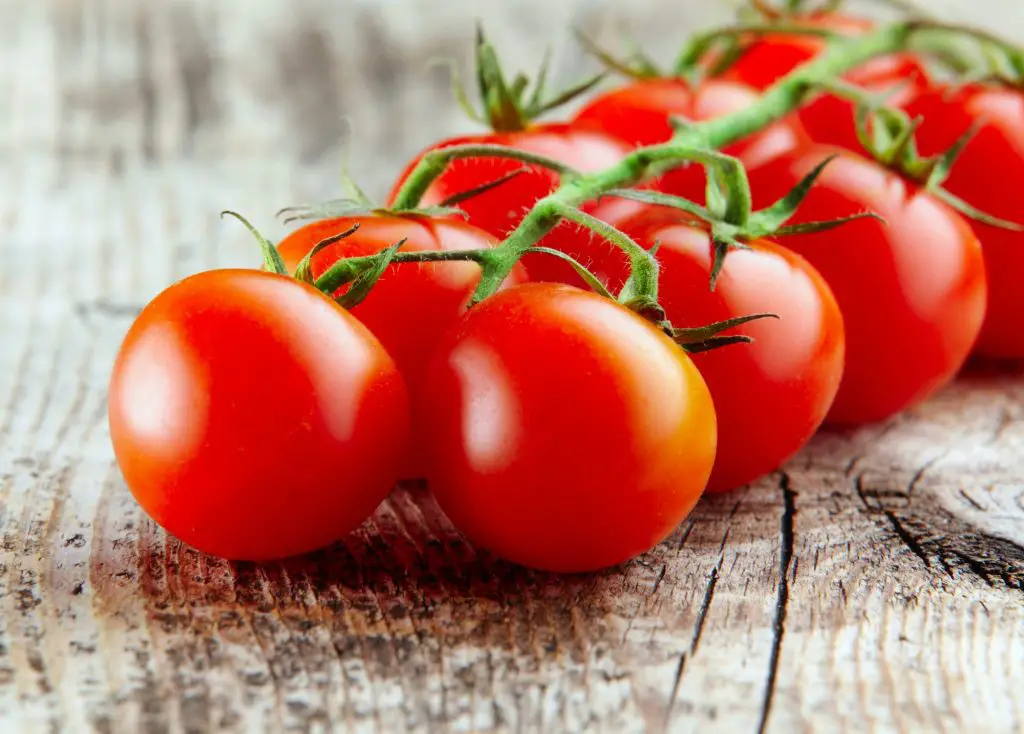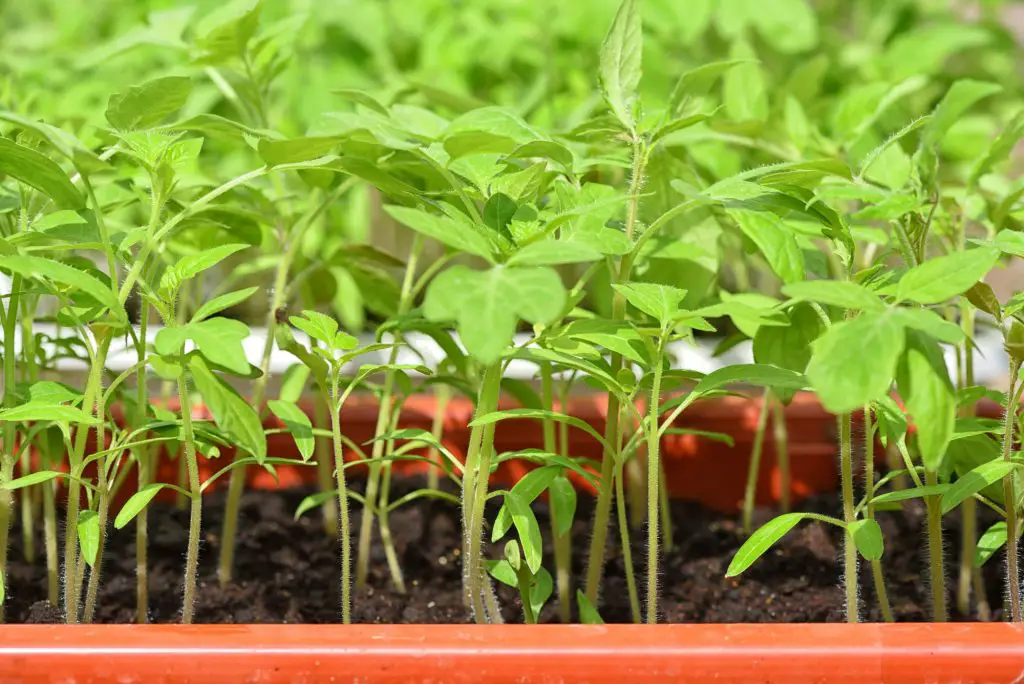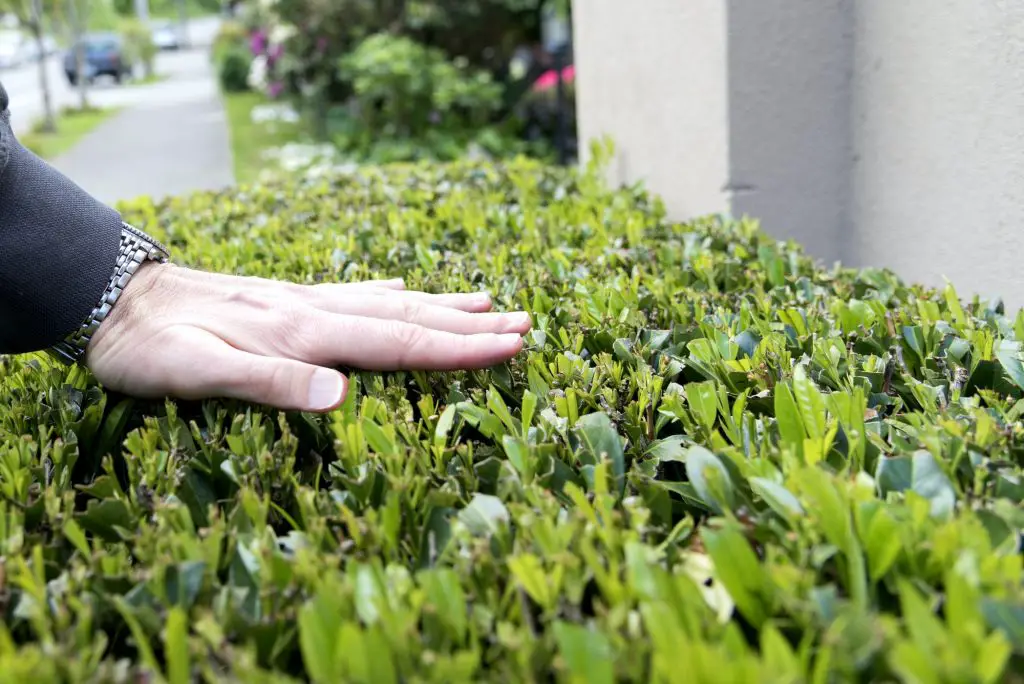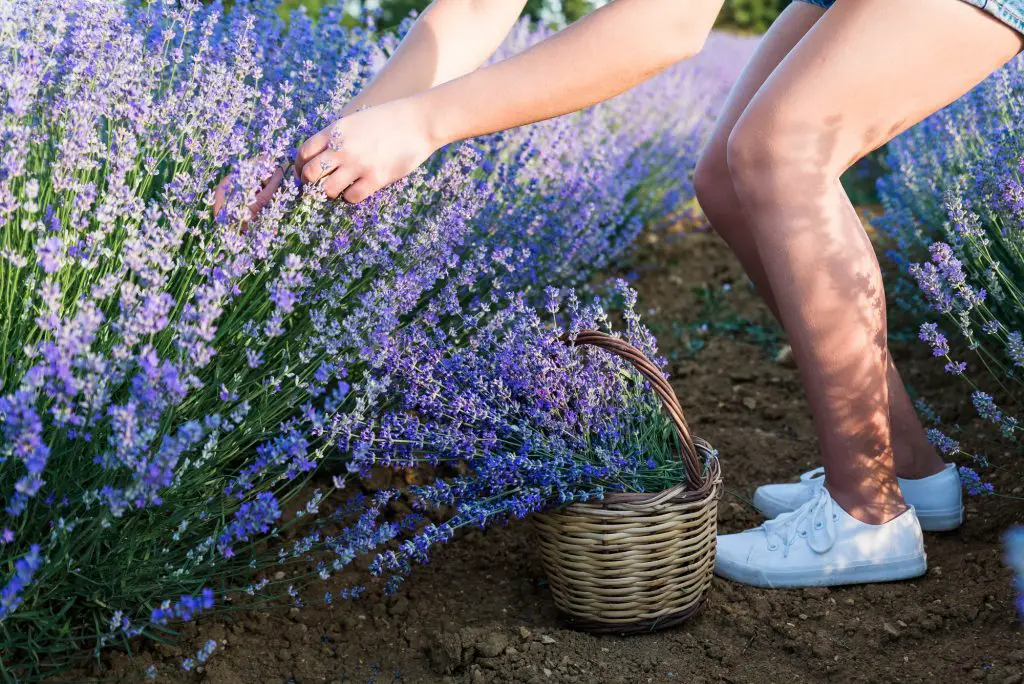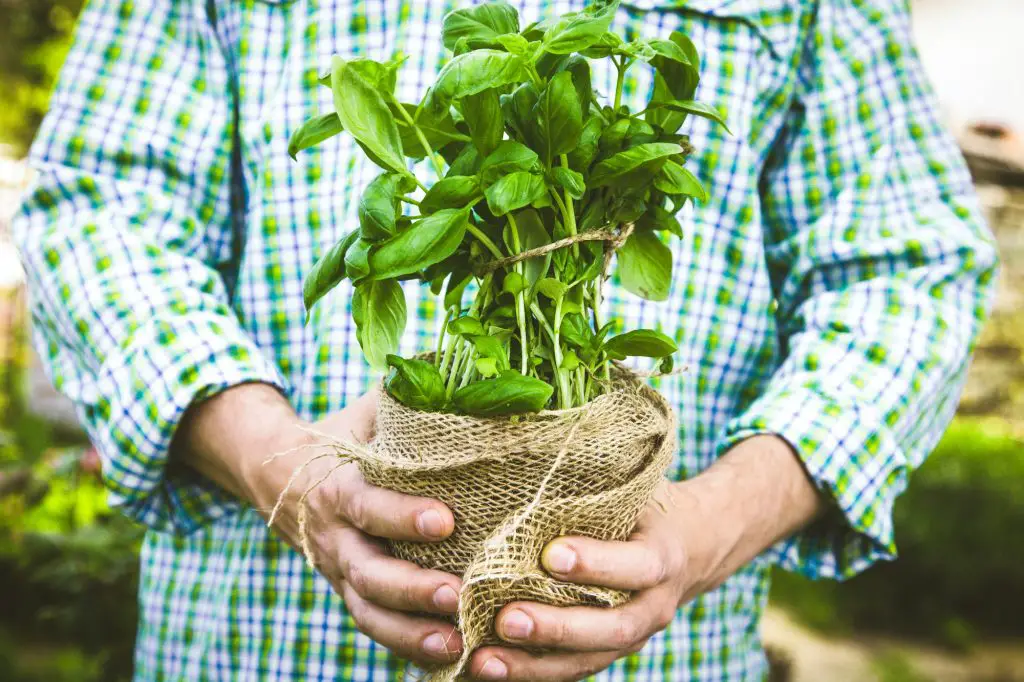What can you plant next to potatoes? Potatoes are perennial plants that belong to the nightshade family and it has been around for years. Potatoes are a great companion to many plants and it’s very easy to grow. If you are a beginner then it’s important to know the right plants to plant beside your potatoes.
Potatoes are starchy tubers that make a great addition to any garden and many plants benefit from having them as companions.
One of the benefits of planting a good companion with your plants is to help repel harmful pests from your garden and yield more crops. Companion planting can take lots of forms and when it comes to companion planting for potatoes, it is quite easy to pair.
You must ensure plants that are played in close proximity to each other are compatible. There is no science to companion planting, all you need is a chart to guide you.
Table of Contents
15 Best Plants to Grow With Potatoes
Understanding companion planting can help you maximize efficiency and improve the health of your potato garden. Although there are lots of plants that benefit from being planted near potatoes, there are also plants you need to keep far away. But, first, here are some good companions for potatoes.
1. Corn

Corn is an interesting plant to grow near your potatoes, it grows mostly underground and requires a small above surface area which makes it opposite to how potatoes grow. Potatoes grow tall and have shallow roots and this is what makes it a great companion to corn as you get to maximize space and take advantage of their different needs.
2. Horseradish
This is another great companion plant to potatoes. It is a perennial vegetable that is loved for its fiery flavor and also grown to help your potatoes. It can be grown around your potatoes to help resist some harmful pests such as potato beetles, potato bugs, white lilies, caterpillars, and aphids.
3. Nasturtiums
These are really attractive flowers you should enjoy planting in your garden but they attract harmful insects like aphids and potatoes and having them a little distance away from your potatoes can help drive these pests away from your potatoes while they focus on the flower.
4. Peas
Peas do well when planted near potatoes. It is a nitrogen-fixing crop so it can be helpful to potatoes since they have a high nitrogen fix. Studies did show that having these two planted together can cause an increase in the yields of some plants nearby.
5. Lettuce
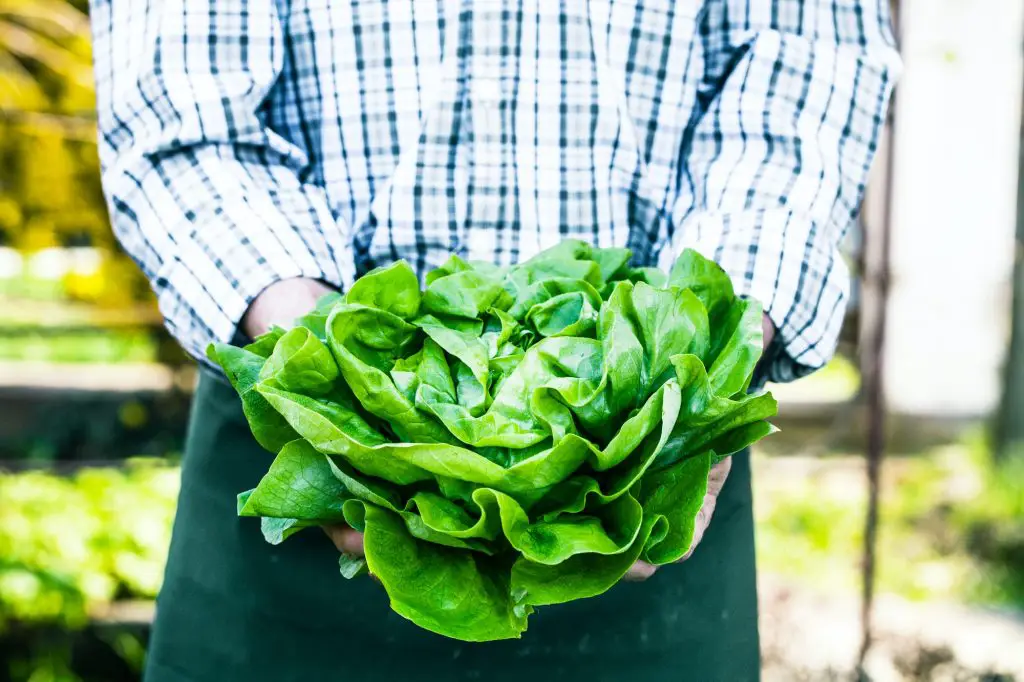
Another vegetable that will thrive when planted with potatoes is lettuce. They will help potatoes thrive as well and will also help increase the yield in your garden. It is a fast-growing crop with shallow roots so not to worry, you can have them harvested before it starts competing for space with your potatoes.
6. Cilantro
Cilantro which is also called coriander is believed to be one of the best companion plants for potatoes. It can help in reducing pests like potato beetles while attracting beneficial insects like ladybugs, lacewings, hoverflies, and parasitoid wasps.
7. Marigolds
Marigolds are another amazing flowers your potatoes will love to have planted near them. It helps deter potato beetles and other wide varieties of pests.
8. Chives
Chives don’t use the same space as potatoes in a garden which can help maximize space and they are shallow-rooted herbs that can help attract beneficial insects and keep your potatoes safe. The two are also enjoyed together in a meal.
9. Thyme
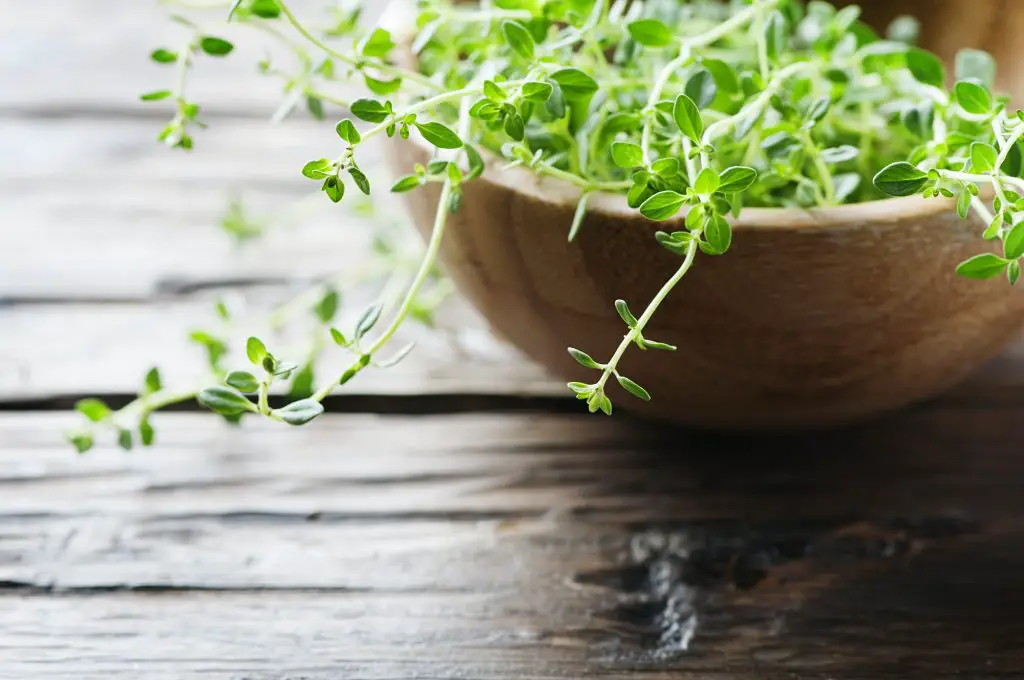
Thyme is not just a good companion for potatoes on the plate but in the garden as well. It helps in attracting beneficial insects such as hoverflies which in turn helps reduce the number of aphids in the garden.
10. Beans
Beans will also provide similar benefits as peas to your potatoes. It is also a nitrogen fixer and a shade provider. Both planted together can produce overall yield on the land.
11. Petunias
Petunias attract beneficial insects to your potato plants and also help with natural pest control. They are really attractive plants as well.
12. Spinach
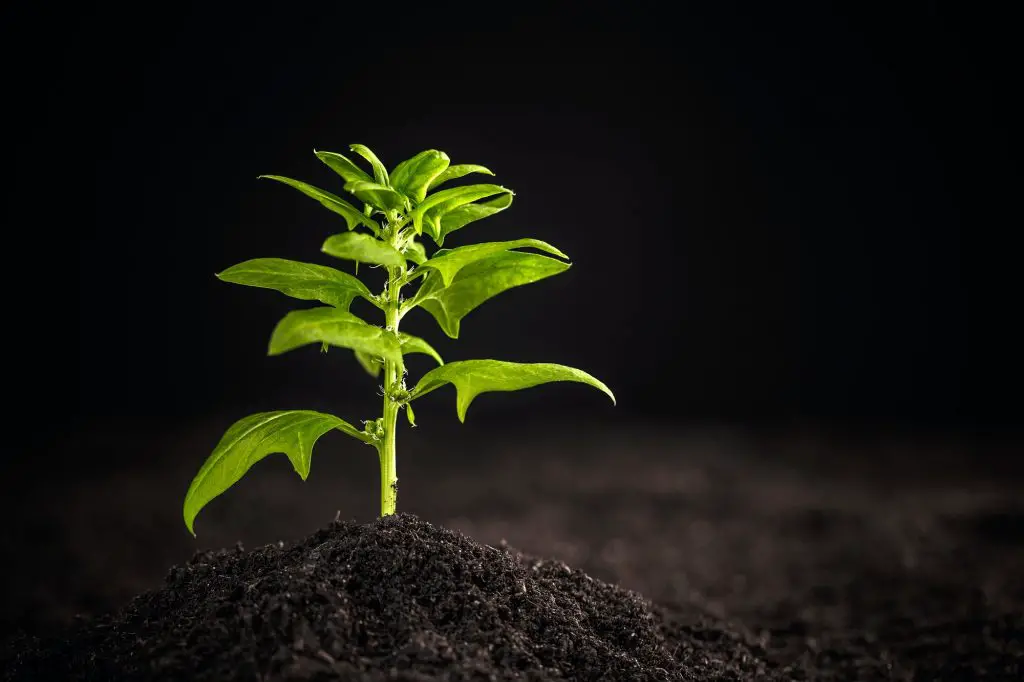
This is another leafy green that works as a companion plant to potatoes. It can be planted around your potatoes in the early season, it can help make the most of the space available. Lettuce can also help create a good ground cover.
13. Cabbage
Potatoes make great companions with plants from the cabbage family which includes cauliflower, cabbage, broccoli, kale, collard green, and kohlrabi. Most of the cabbage family plants have shallow roots so they won’t compete for nutrients or space with potatoes.
14. Chamomile
Chamomiles are herbs that make great companions with potatoes and other herbs. It can help attract lots of beneficial insects such as predatory wasps and overflies.
15. Alyssum
Alyssum is not just pretty flowers but can help create a great ground cover and retain soil moisture. They are also used by farmers to attract predatory wasps that feed on insects that plague your potatoes.
Plants To Avoid Growing Near Potatoes
Proper companion planting is meant to help your plants thrive and it’s just as important as the plants to avoid planting near each other. While there are lots of plants that can be grown near potatoes, some plants don’t just work well with it. So, here are some of the plants you should keep away from your potatoes.
1. Eggplants
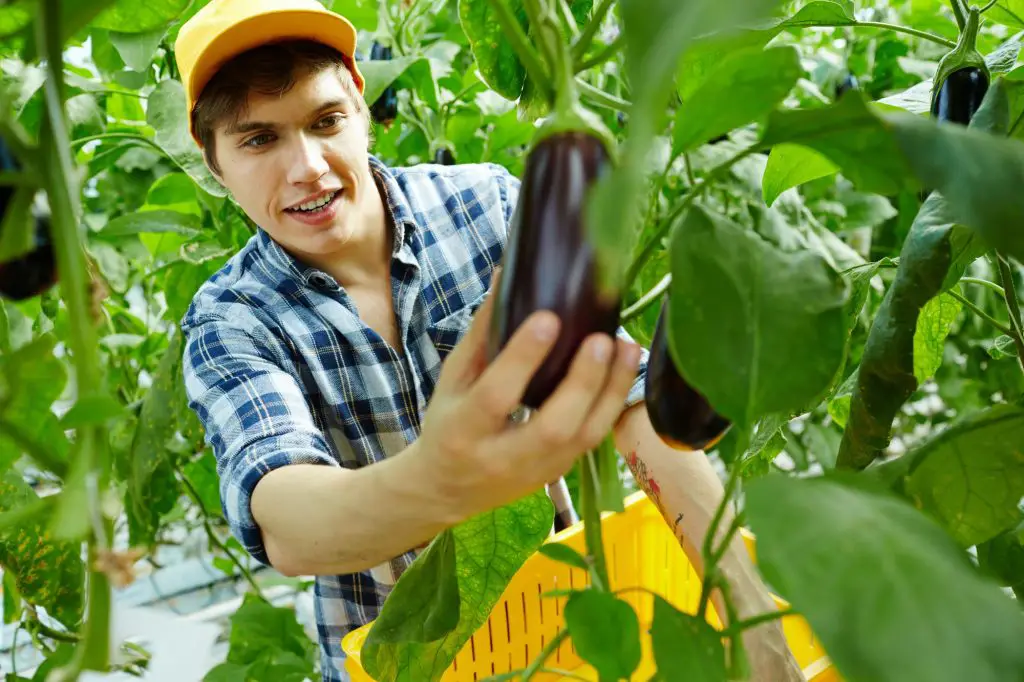
This plant is not a good idea to have grown near your potatoes as both belong to the nightshade family. Potatoes and eggplants crave the same nutrient requirement and are susceptible to the same disease. If planted together, both will compete for nutrients and become susceptible to blight.
2. Tomatoes
Tomatoes and potatoes also belong to the same nightshade family and growing them together can cause pests and diseases to spread quickly.
3. Cucumbers
Cucumbers are heavy feeders that thrive with lots of water, so having them planted with potatoes will only make them compete for nutrients. Both can be planted together in your garden but keep them far away from each other.
4. Fennel
Fennel is a garden crop ut it doesn’t grwo well with many vegetable plant. It can inibit the grwoth of your potyatoes.
5. Raspberries
Raspberries are going to become susceptible to blight when planted near potatoes.
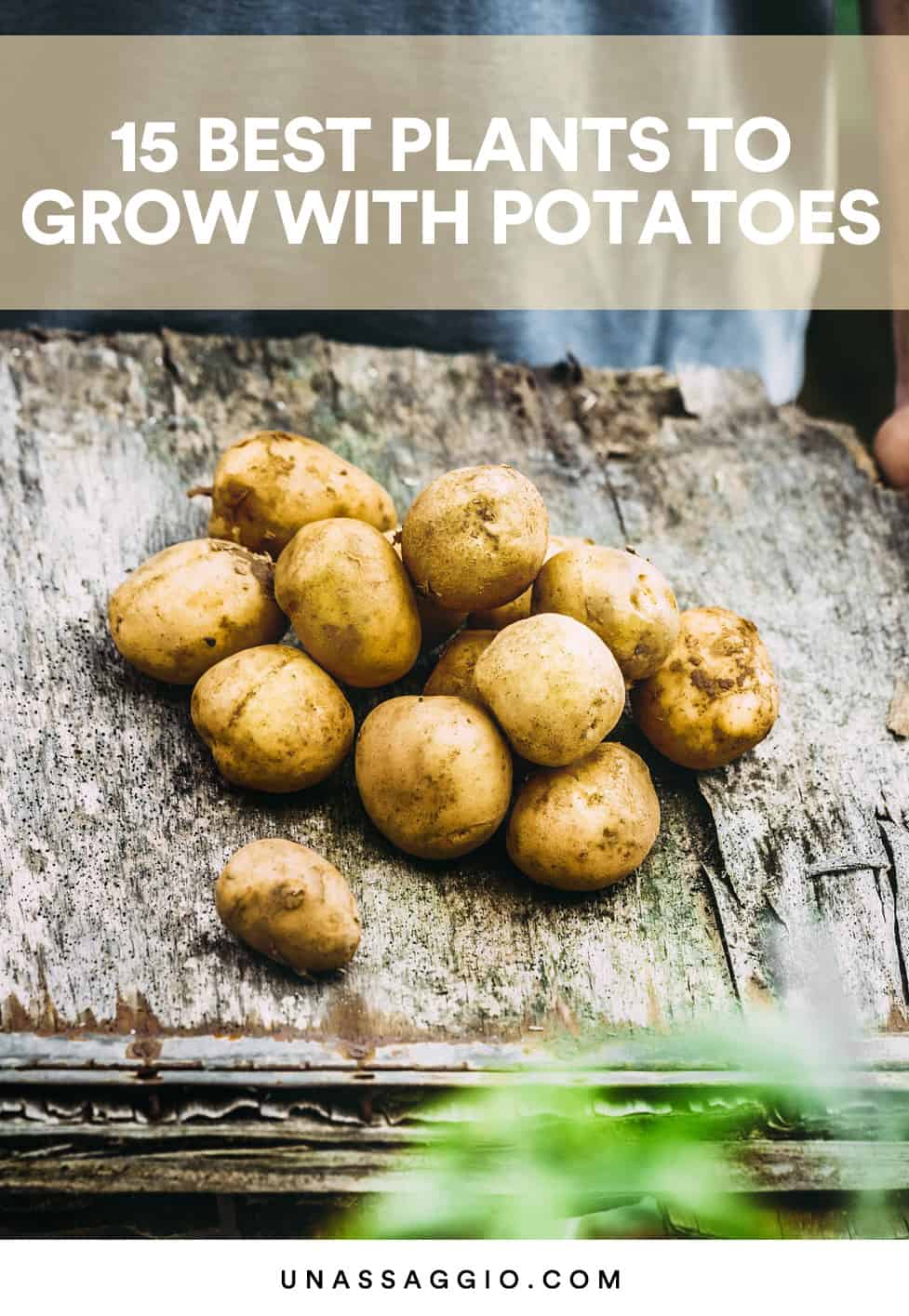
6. Root Vegetables
Keep potatoes away from root vegetables like turnips, parsnips, and carrots as they use the same underground space as potatoes in the garden. Growing them together can stunt their growth.
FAQs
How do you know when to dig up your potatoes?
You know it’s time to dig up your potatoes when the flowers bloom begin to fade and the buds have dropped. Another sign to watch out for is seeing unopened flower buds drop to the ground from the plant. The leaves might be fading to yellow while some are still green.
How often should you water potatoes?
Potatoes need a steady supply of 2 to 3 inches of water per week. These plants should be watered deeply especially when they become hot and dry.
How many potatoes do you get from one plant?
If everything is in order and it was well cared for then you should harvest about 5 to 10 potatoes per plant. Potatoes are easy to grow but to get great yields, it depends on the care and variety of potatoes grown.
Should you put manure on potatoes?
Manure can be an excellent way to help the soil retain moisture while you grow your potatoes. You should have it added to your garden soil before planting your potatoes in it.
Can I plant carrots after potatoes?
After harvesting your potatoes, carrots are a good option to plant but ensure your garden soil is fertile and the harvested potatoes are free of disease.
Can I plant a whole potato?
You can plant small potatoes whole but you might have to quarter larger potatoes with a clean knife before planting.
Can you eat freshly dug potatoes?
New potatoes should be eaten within days of harvest to prevent them from becoming spoilt. For mature potatoes though, you should wait 2 to 3 weeks after the plant’s foliage has died back.
Should you pinch flowers off potato plants?
Yes, you can pinch flowers off potato plants if you have the time. It neither boost nor reduces yield so you have nothing to lose by taking them off.
Can you reuse soil after growing potatoes?
If your potatoes show signs of blight after harvesting then do not reuse the soil. Potatoes are known to deplete
Final Thoughts
Companion planting is a gardening method that has been adopted by farmers to enrich and protect vulnerable crops and while there so no science to back this up, farmers have been using it for years and studies show it’s quite effective.
It is important to have a companion plant guide for every crop though. Hence above is a potato companion planting guide to help you decide what to plant and what not to plant near them.

